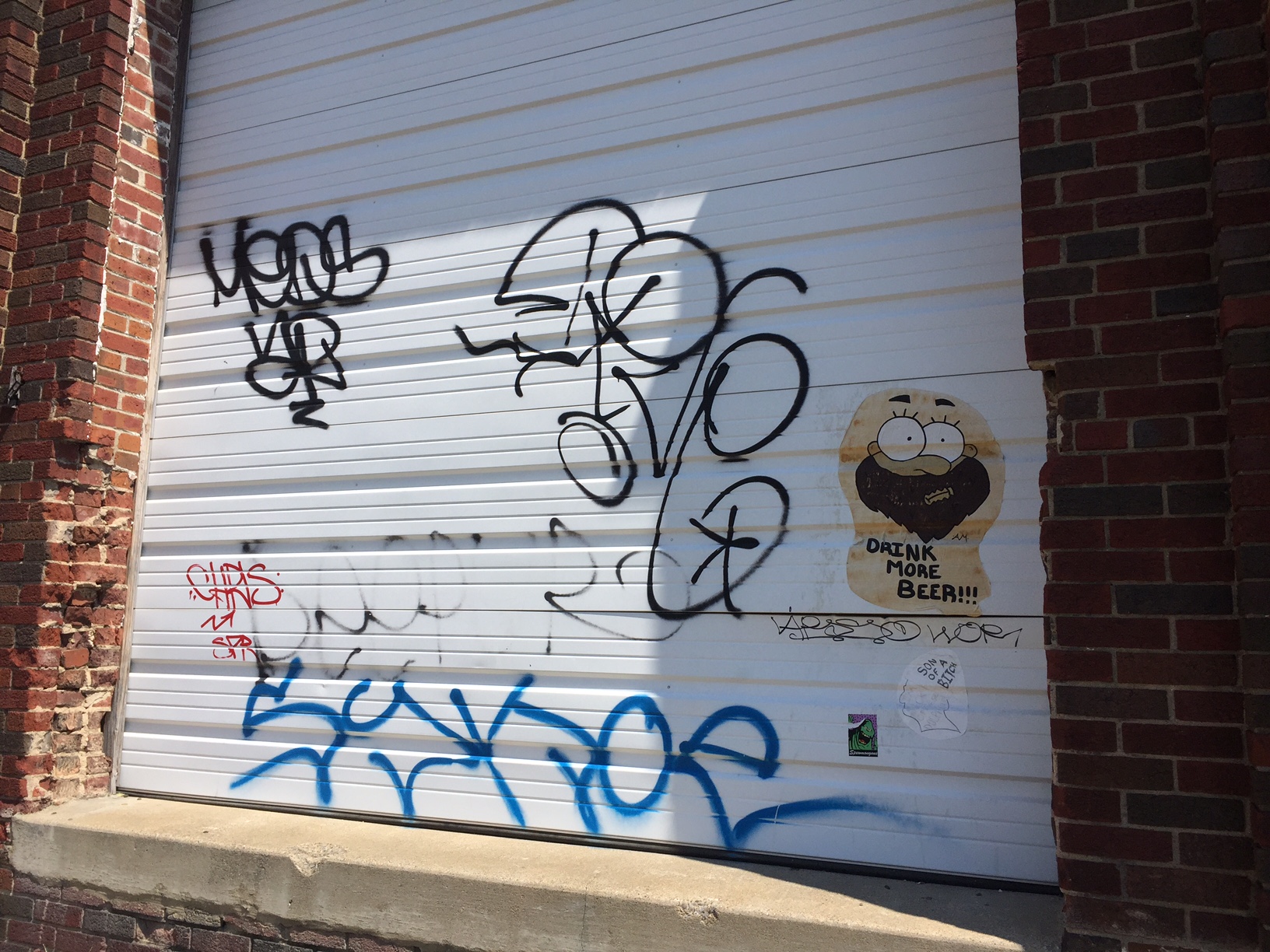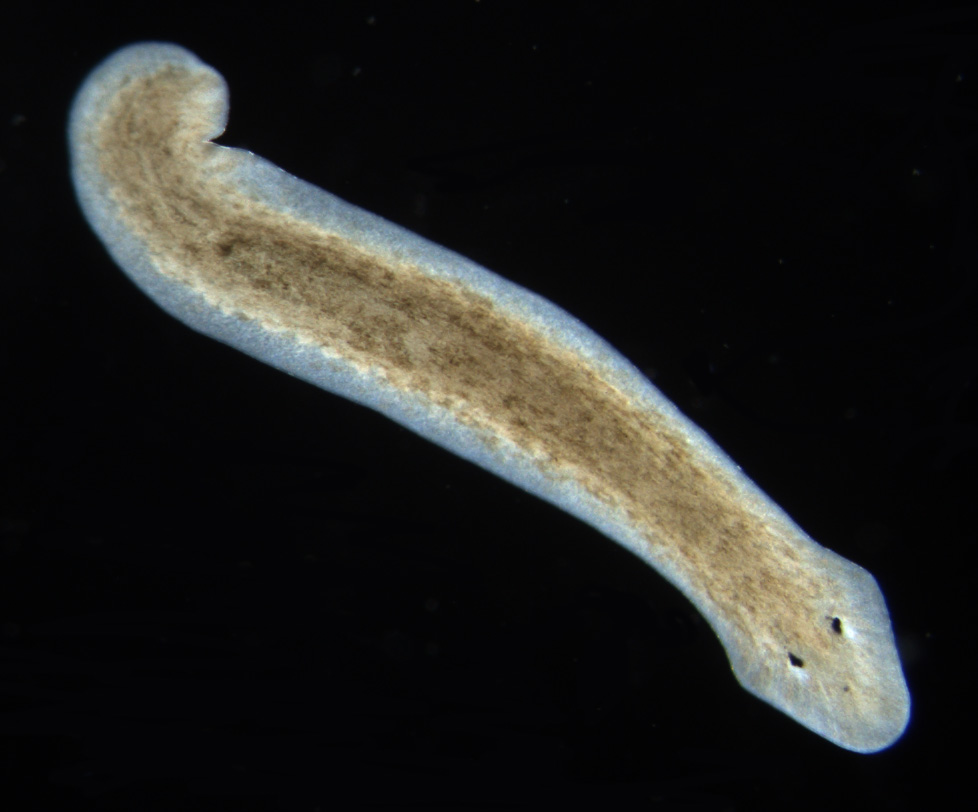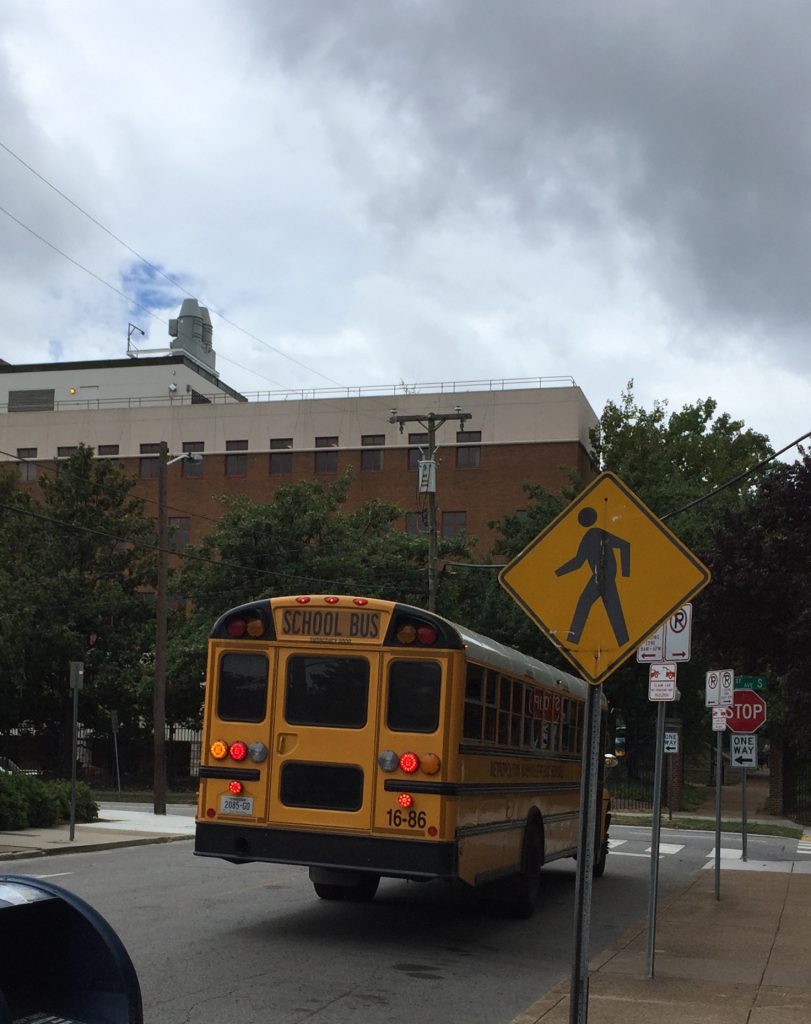Stretching Belief.
Like any Star Trek fan I’ve been celebrating the 50th anniversary watching episodes and movies, including Star Trek IV: The Voyage Home which is still a favorite after all these years. Most science fiction requires some suspension of disbelief and Star Trek requires a lot. And I’m okay with that. There’s a lot that I can just take in stride. Ships and bases floating in the depths of space lose all power but the artificial gravity still works? I can accept that. Warp speed means the ships already travel faster than the speed of light but they have to do an extra-special slingshot around the sun to go back in time? I can accept that. The planet Vulcan looks nothing like Earth and yet has an atmosphere safe for humans? Yeah, and most aliens–including many of the species that make up the Federation council are perfectly comfortable in an Earth environment. I’ll just go with it.
This, though, is just impossible for me to believe.
The problem is I’ve never met a bus driver who’d let someone blast music, even at the back of the bus. As soon as the guy cranked that up he’d be told to turn it down and if he didn’t his ass would be thrown off at the next stop.
Maybe I’m overthinking this, though. Maybe the driver’s a fan. Maybe there’s something I don’t know about the route between San Francisco and Sausalito. Hey, if I can accept that transporters are able to break a person down into a highly energized beam then reconstruct them exactly as they were in another place I can accept a guy blaring music on a bus, right?
Please share your theories below.
Up next: the crew parked an invisible Klingon Bird of Prey right in the middle of Golden Gate Park. Why didn’t any joggers bump into it?




















 Chuck ruled the bus. He was our equivalent of The Fonz, stretched out across the back dispensing wisdom, standing up for the downtrodden, and generally being the epitome of cool. Except he was short, blonde, didn’t care about the downtrodden, rode the bus instead of a motorcycle, and mostly dispensed wisecracks, so I guess that’s not really the best comparison. He ruled the back of the bus, mostly talking just to his friends but occasionally he’d share something with the whole bus, like the time we had a substitute bus driver who ground the gears, got the bus stuck on a hill, and got lost. Chuck yelled from the back, “Didja get your license out of a Cracker Jack box?” It seems pretty weak now but in the world of first through sixth grade we had low standards and thought it was hilarious.
Chuck ruled the bus. He was our equivalent of The Fonz, stretched out across the back dispensing wisdom, standing up for the downtrodden, and generally being the epitome of cool. Except he was short, blonde, didn’t care about the downtrodden, rode the bus instead of a motorcycle, and mostly dispensed wisecracks, so I guess that’s not really the best comparison. He ruled the back of the bus, mostly talking just to his friends but occasionally he’d share something with the whole bus, like the time we had a substitute bus driver who ground the gears, got the bus stuck on a hill, and got lost. Chuck yelled from the back, “Didja get your license out of a Cracker Jack box?” It seems pretty weak now but in the world of first through sixth grade we had low standards and thought it was hilarious.